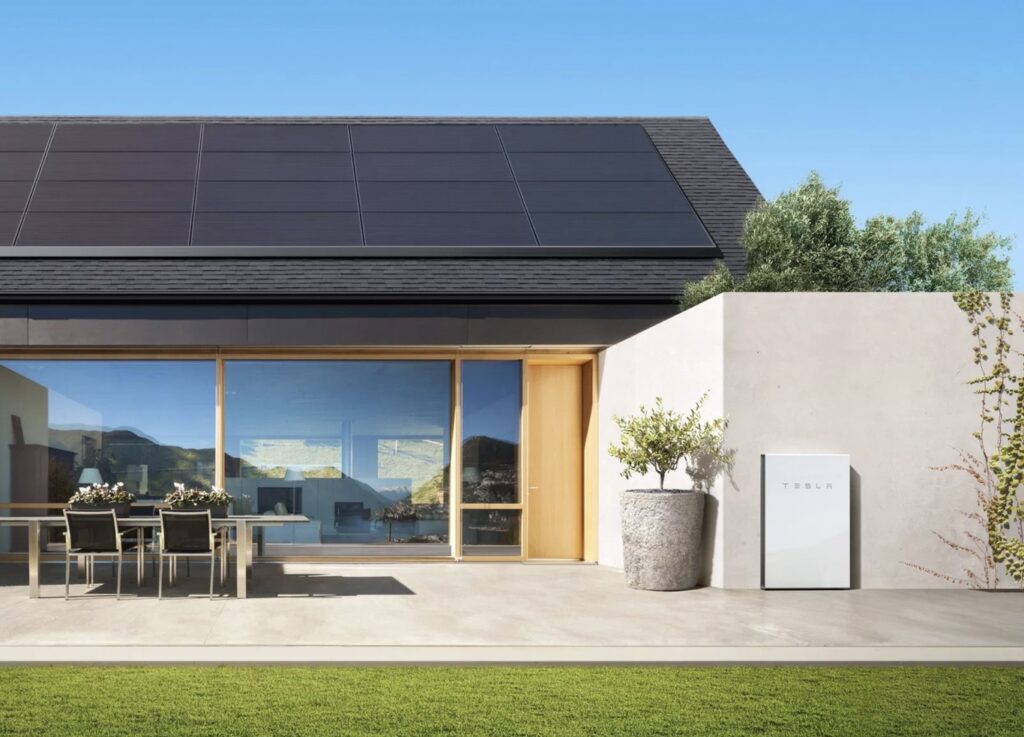There is more to going solar than just building a solar system on your roof and flipping a switch to turn it on. First we will design your system and get the necessary permits from your local jurisdiction. We will then build your system. Once the system is built, your local utility company needs to come out to your home and inspect it. If the system passes inspection, the last step is for the utility to grant Permission-to-Operate (PTO).

Assessing your energy needs
Your solar journey begins with an assessment of your solar needs. Our Smart Energy Experts comes to your home and analyzes your utility bill. Using that information, the expert determines how much power you need to produce to offset your electrical consumption.
Plans & Permits
At this point, we’re working hard behind the scenes to get your home ready for installation. During this time, if it hasn’t already happened, a certified Site Auditor will be coming to your home to gather photos, videos, and measurements. These assets will go to our Engineers and Designers so they can create your solar system plans.
From there, we’ll send these plans to your city approval department to receive your solar permit. This process can take a few weeks to complete. After that, it’s time for your installation day!
Installation
We will determine if anything on your site (such as your roof) would require a repair during your site audit prior to installation day. Once your site is ready, installations are usually completed in two days or less.
Inspection
After the system is installed, your local utility company and/or the AHJ (Authority Having Jurisdiction) will need to come out and inspect it prior to allowing it to be connected to the grid.
Permission to Operate
After your system passes inspection, your solar installer will ask the utility company for Permission to Operate (PTO). This is the final step in the installation process. Once PTO is granted, your solar installer will remotely switch your system on. At that point, your system begins delivering electricity to the grid and potential savings to your bank account!
You will receive an email from our monitoring department with instructions on how to set up your monitoring portal. In most cases, the inverter will need to be connected to your internet service in order for us to monitor your system.
